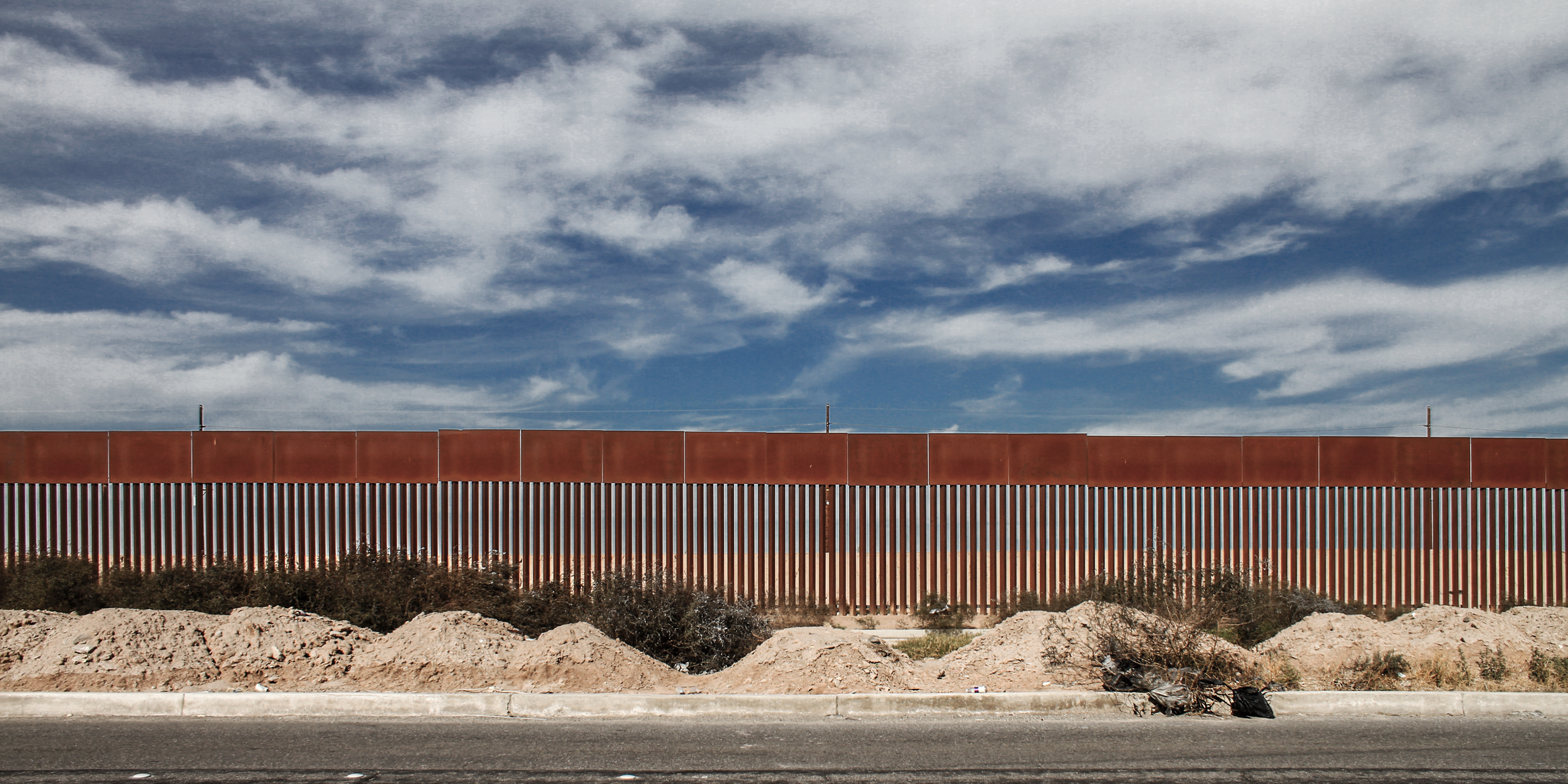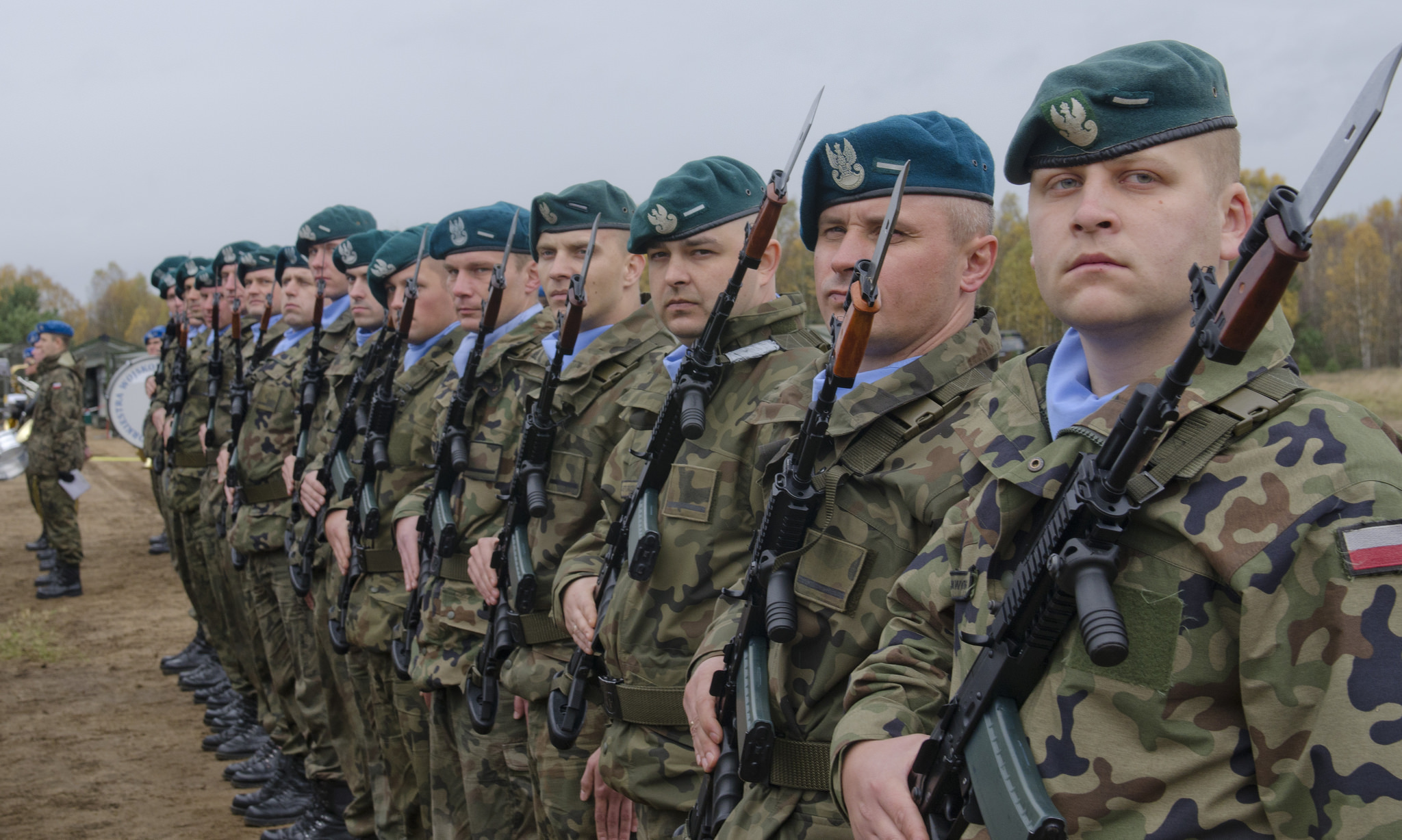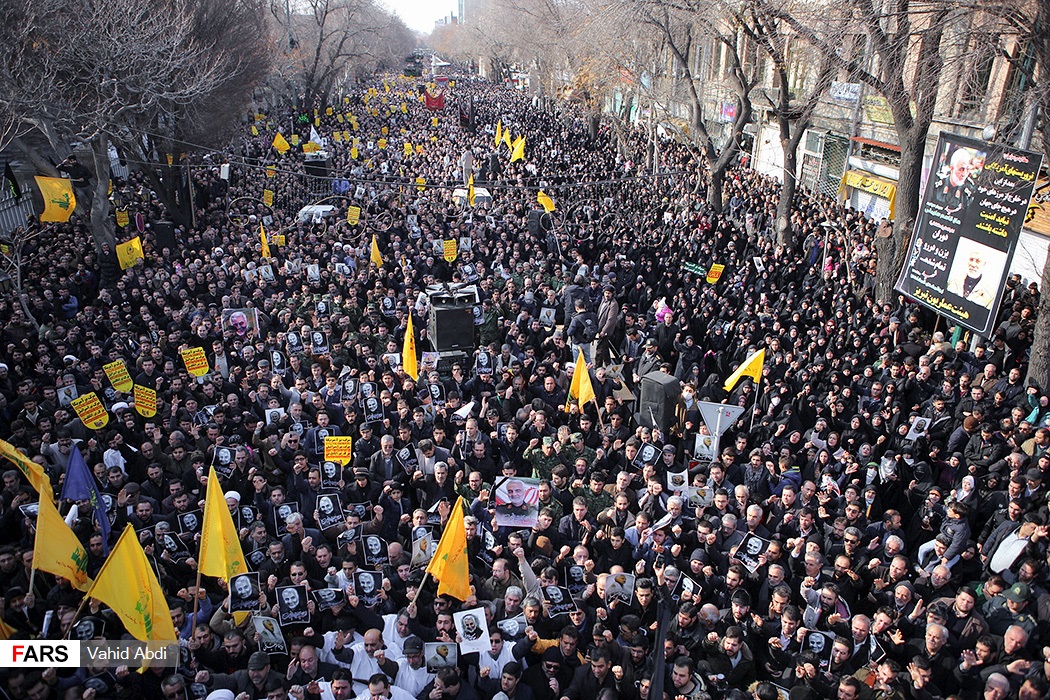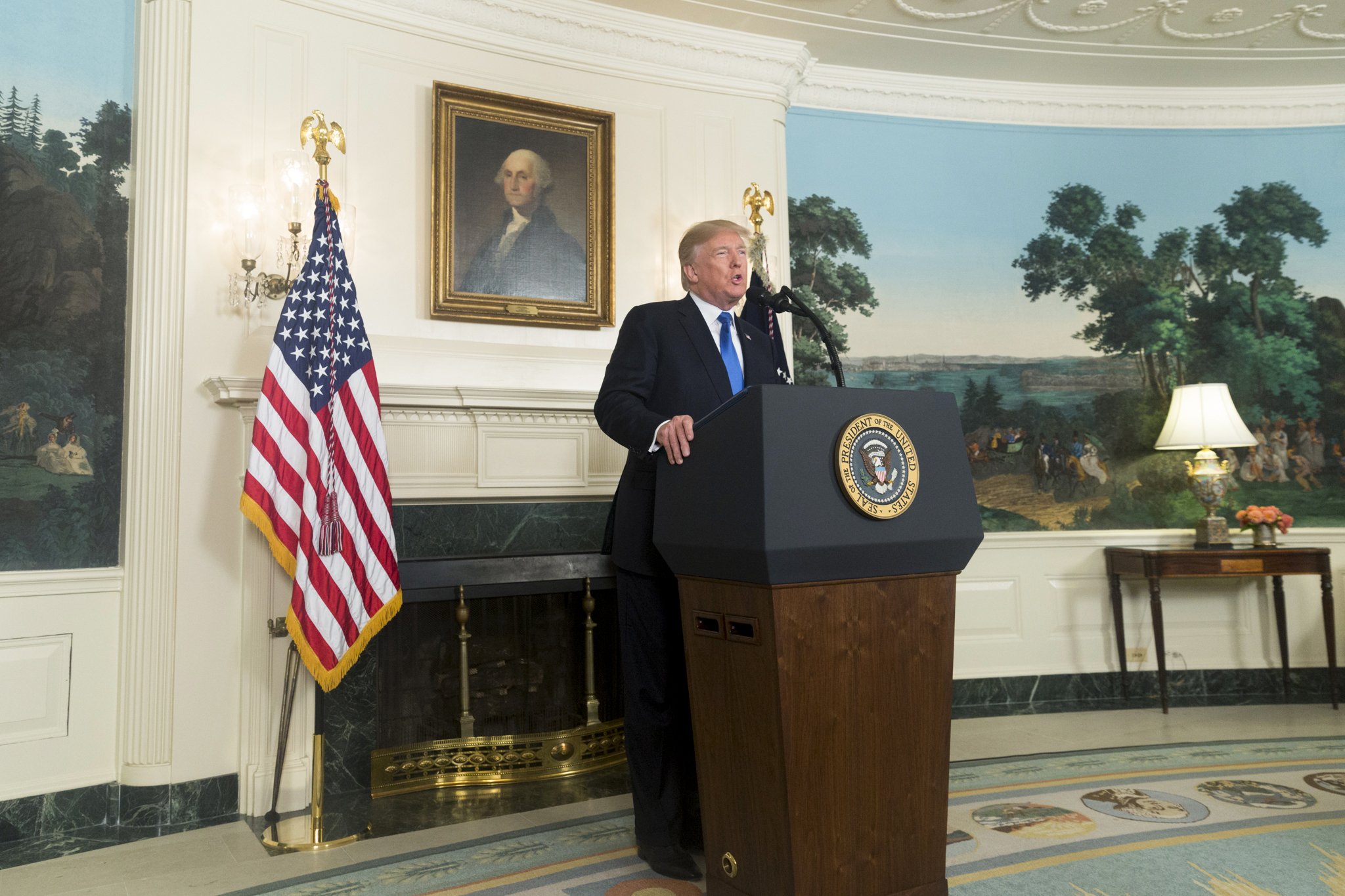Guest post by Danielle Gilbert.
In 1977, Pulitzer Prize-winning photographer Eddie Adams captured an image that changed American immigration policy. The “boat of no smiles” shows a fishing boat packed with South Vietnamese families who braved days at sea to escape perilous conditions and seek asylum in Thailand. Adams’s photographs were published widely and presented before Congress, where they are credited with moving the debate—in the subsequent three years, the United States welcomed 200,000 refugees from South Vietnam.
“Still photographs are the most powerful weapon in the world,” Adams said. A searing image can focus attention on a seemingly intractable problem, intensifying pressure on officials to act. For some of the most famous images, the anguish is unforgettable: “Napalm Girl” Kim Phuc; Syria’s drowned Alan Kurdi and “ambulance boy” Omran Daqneesh; Iran’s Neda Agha-Soltan; orphaned Samar Hassan; the open casket of beaten, shot, and strangled Emmett Till. Others were never named: Somali woman in a wheelbarrow; Albino boy in Biafra; the burning monk; Jewish boy surrendering in Warsaw. These were more than memorable photographs—they were wake-up calls that could not be ignored.
Last week, another tragic image captured the public’s attention. On June 25, the AP published a devastating photograph of Salvadoran migrant Óscar Alberto Martínez Ramírez and his two-year-old daughter Valeria, who drowned in the Rio Grande while trying to cross the US-Mexico border. Mexican reporter Julia Le Duc captured the image for La Jornada, which described the harrowing choice the family faced when they were “unable to present themselves to U.S. authorities and request asylum.”
The image went viral. Despite weeks of reports about inhumane conditions, with debates over concentration camps and kids in cages, the photo struck a new chord, spurring efforts to address the humanitarian crisis on the border. Congressman Joaquin Castro (D-TX) evoked the image as House Democrats pushed for an emergency $4.5 billion aid bill, while his brother, presidential candidate Julian Castro, invoked the tragedy from the Democratic debate stage: “It should piss us off and spur us to action.” As Anthony Breznican tweeted, “It’s awful and gut-wrenching to see, but it feels worse to look away.”
It’s no coincidence that this photo gained so much attention. Social science can shed light on how certain images can effect meaningful change. As Thomas Schelling wrote in “The Life You Save Could Be Your Own”:
Let a six-year old girl with brown hair need thousands of dollars for an operation that will prolong her life until Christmas, and the post office will be swamped with nickels and dimes to save her. But let it be reported that without sales tax the hospital facilities of Massachusetts will deteriorate and cause a barely perceptible increase in preventable deaths – not many will drop a tear or reach for their checkbooks.
This paradox is known as the “collapse of compassion,” an inverse relationship that postulates as “the number of people in need of help increases, the degree of compassion people feel for them ironically tends to decrease.” Psychology experiments have demonstrated this phenomenon repeatedly; as the number of fictionalized victims goes up, study respondents are increasingly unlikely to intervene. Moreover, the “identified victim effect” maintains that giving a victim a name and a story dramatically increases viewers’ willingness to help.
This holds beyond the laboratory. Through my research on the media coverage of international kidnappings, I show that named individual hostages receive far more newspaper coverage than groups kidnapped together: there are on average 125 more newspaper stories about single hostages than those kidnapped in a group of ten.
Images of individual trauma become particularly important in cases of mass violence, where the scale of atrocities becomes paralyzing. This phenomenon, known as the “psychic numbing of genocide,” suggests that it is much harder for people to empathize with large crowds of victims. In one study, scholars found that participants became less likely to send aid to a Rwandan refugee camp as the size of at-risk population went up. Thus, individual victims can become particularly important when the scale of victimization is overwhelming and the public has become inured to atrocities—as we see with the crisis at the border today.
These images can catalyze change, but they can also inflict harm. Critics decry the exploitation of victims through the “pornography of violence.” As the photo of Óscar and Valeria circulated, United We Dream urged viewers not to share “images which may cause the family much pain and it is also triggering for many of those in our communities.”
Grappling with this tradeoff, advocates point to two ethical best practices for journalists. First, journalists should seek consent for the images they share. Second, they can intervene to protect subjects from harm. After capturing his award-winning photos of “Napalm Girl,” photographer Nick Ut helped save her life: “…I saw her skin coming off and I stopped taking pictures. I didn’t want her to die. I wanted to help her. I put my cameras down on the road. We poured water over this young girl.”
There is a reason that so many of TIME’s 100 most influential photos are haunting images of individual suffering. These “influential” images are more than famous—they were uniquely able to inspire change. Óscar and Valeria have activated our compassion; now it falls to the living to act.
Danielle Gilbert is a 2018-2019 Minerva/Jennings Randolph Peace Scholar at the United States Institute of Peace and a PhD candidate in political science at George Washington University.






